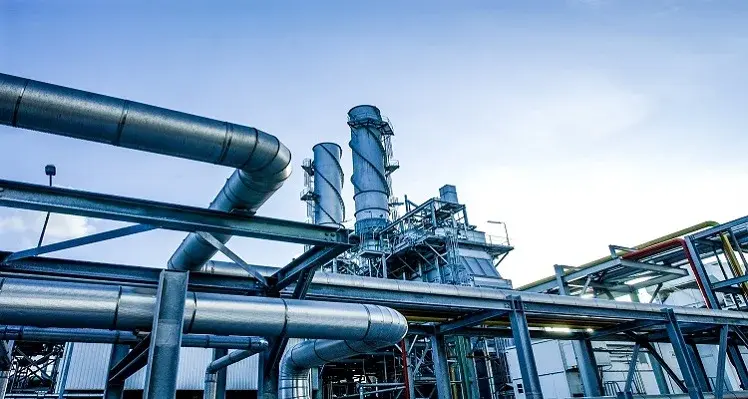A new report from Wood Mackenzie highlights the far-reaching implications of ongoing trade tensions for the energy and natural resources sectors
"Trading cases: Tariff scenarios for taxing times", presents three distinct outlooks for the global energy and natural resources industries – Trade Truce (the most optimistic), Trade Tensions (the most likely) and Trade War (the worst outcome) – each painting a dramatically different picture for global GDP, industrial production and the supply, demand, and price of oil, gas/LNG, renewable power and metals through 2030.
“The current uncertainty around the tariff landscape is reshaping the energy and natural resources sectors,” said Gavin Thompson, vice chairman, of energy at Wood Mackenzie. "Lower economic growth will curb energy demand, prices and investment, while higher import prices will raise costs in sectors from battery storage to LNG. Energy leaders must now become masters of scenario planning, preparing for everything from continued growth to significant market disruptions.”
The report highlights the key role of trade policies in shaping the future oil markets, with oil demand in 2030 varying by up to 6.9mn bpd between scenarios. In the Trade Truce scenario, oil demand reaches 108mn bpd by 2030, with Brent averaging US$74/bbl, whereas the Trade War scenario sees demand falling in 2026 and Brent plunging to US$50/bbl.
“Trade policies are emerging as a pivotal force in shaping the future of oil markets," said Alan Gelder, SVP refining, chemicals and oil markets. “Falling oil demand results in the global composite gross refining margin collapsing to break-even levels, creating pressure for the rationalisation of weaker sites, particularly in Europe.”
As for the natural gas and LNG outlook, the Trade War scenario could exacerbate the anticipated global LNG oversupply. In the Trade Truce scenario, LNG prices fall from US$11.2/mmbtu in 2024 to US$7.2/mmbtu by 2030 as the market absorbs a wave of new LNG supply growth. In the Trade Tension scenario, the impact might be limited. However, in the Trade War scenario, prices fall further as Chinese LNG demand falls sharply, while tariffs force buyers to redirect US LNG cargoes.
“Although tariffs pose downside risks to global LNG supply, it is possible there will be more investments in US LNG," said Massimo Di Odoardo, vice president of gas and LNG research at Wood Mackenzie. “With President Trump pointing countries towards buying more US energy, including LNG, to reduce their bilateral trade surpluses, more investments in US LNG plants are likely, also contributing to higher gas demand in North America."
The report concludes that while recent trade agreements have encouraged optimism, it is advisable to plan for divergent trade outcomes.
Thompson said, "Despite recent trade agreements, the global trade landscape remains fraught with uncertainty. In a scenario of escalating tariffs, we anticipate significant impacts on manufacturing and industrial production, which could slow the momentum of low-carbon energy investments. Energy companies must be prepared to adapt swiftly to mitigate risks and navigate supply chain disruptions. With major economies potentially facing prolonged recovery periods, agility in strategy and operations will be crucial for the energy sector in this unpredictable trade environment."
Read the entire report here: https://www.woodmac.com/horizons/tariff-scenarios-taxing-times/
Tariff scenarios for the future energy landscape

The current uncertainty around the tariff landscape is reshaping the energy and natural resources sectors.








